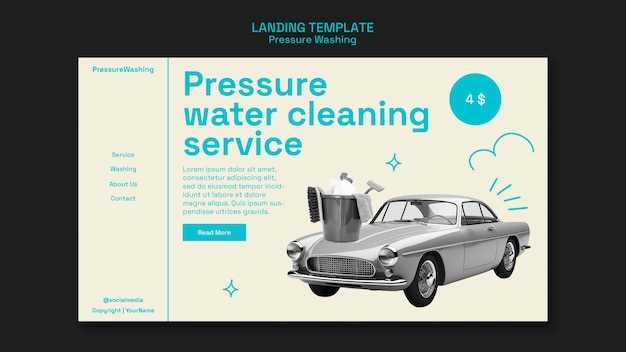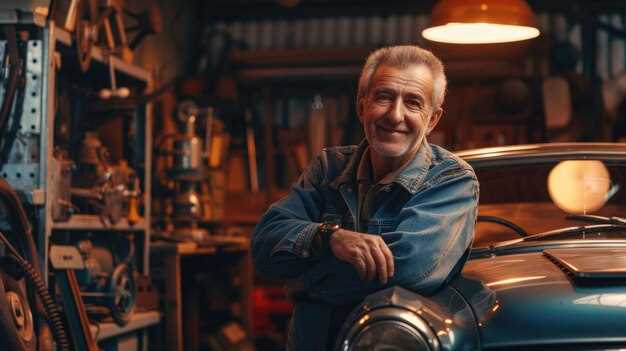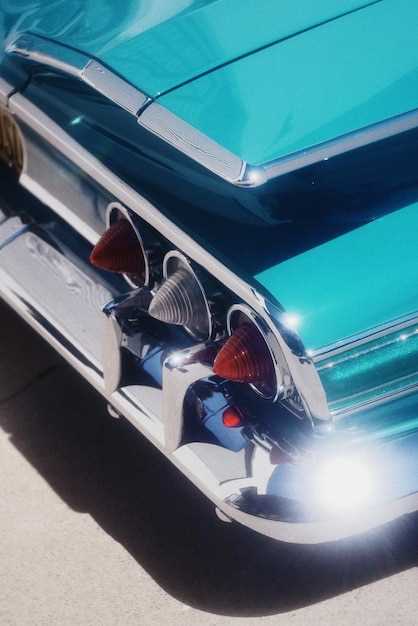
Owning a classic vehicle is not just about the nostalgia; it’s also about the care and preservation that goes into keeping these timeless machines running smoothly. The allure of classic cars comes with the responsibility to maintain their performance and aesthetic appeal. Proper maintenance is essential to ensure that these vehicles not only last for years but also provide an enjoyable driving experience.
Each component of a classic car plays a vital role in its overall performance. Regular inspections and preventative care can help identify potential issues before they become major problems. By paying close attention to the engine, transmission, brakes, and electrical systems, owners can preserve the integrity of their beloved vehicles. This approach not only extends the lifespan of the car but also enhances its reliability on the road.
In this article, we will explore essential tips for maintaining classic cars that will help you achieve long-lasting performance. From routine checks to specialized care, these recommendations will equip owners with the knowledge they need to keep their vehicles in top-notch condition for years to come. Whether you’re a seasoned collector or a new enthusiast, understanding the nuances of classic car maintenance is key to enjoying the ride.
Regular Fluid Checks and Changes

One of the most critical aspects of classic car maintenance is performing regular fluid checks and changes. Keeping an eye on all vehicle fluids plays a vital role in the overall preservation and functionality of your car. Engine oil, transmission fluid, brake fluid, coolant, and power steering fluid all need to be monitored for optimal performance.
Engine oil lubricates the engine components, reducing friction and preventing wear. It is essential to check the oil level regularly and change it according to the manufacturer’s recommendations. Not only does fresh oil improve performance, but it also protects the engine from damage.
Transmission fluid ensures smooth shifting and proper operation of the transmission. Over time, it can become contaminated and lose its effectiveness. Checking the transmission fluid level and quality, along with changing it at the recommended intervals, will extend the life of your vehicle’s transmission.
Brake fluid is crucial for safety. It is hygroscopic, meaning it absorbs moisture from the air, which can lead to brake failure if not addressed. Regularly checking and replacing brake fluid can safeguard your vehicle and enhance your driving experience.
Coolant maintains the optimal operating temperature of the engine. It is important to inspect coolant levels and condition to prevent overheating and potential engine failures. Flushing and replacing old coolant periodically is essential for the preservation of your vehicle’s cooling system.
Lastly, power steering fluid facilitates smooth steering and handling. Checking its level and quality will help maintain control and performance. Neglecting this fluid can lead to steering issues and increased wear on components.
By establishing a routine for checking and changing these essential fluids, you will not only enhance your classic car’s longevity but also ensure it remains a joy to drive. Consistent care and attention to fluid maintenance are fundamental to any dedicated classic car enthusiast looking to preserve their vehicle in top condition.
Body Preservation Techniques to Avoid Rust
Maintaining the body of an old vehicle is essential for its preservation and longevity. Rust is a common enemy for classic cars, as it can significantly decrease their aesthetic and functional value. Here are several effective techniques to help prevent rust and ensure your vehicle remains in pristine condition.
Regular Cleaning: One of the simplest yet most effective methods to prevent rust is to keep your vehicle clean. Regularly wash the car, especially during winter months when roads are treated with salt. Make sure to remove any dirt, grime, and salt buildup that could contribute to rust formation.
Waxing and Sealing: Applying a high-quality wax or sealant creates a protective barrier against moisture and harmful elements. Regular waxing not only enhances the shine of your classic vehicle but also helps to protect the paint and metal surfaces from rust.
Inspection and Maintenance: Routinely inspect the vehicle for any signs of paint chips or scratches. Addressing these problems promptly can prevent moisture from reaching the underlying metal. Touch up paint and primer on any damaged areas to seal off these vulnerabilities.
Use of Rust Inhibitors: Consider applying a rust inhibitor product to the undercarriage and inside wheel wells. These products help to create a protective layer that prevents moisture from contacting the metal, thus reducing the likelihood of rust development.
Storage Conditions: Storing your old vehicle in a climate-controlled garage can significantly reduce the risk of rust. Humidity and extreme temperature fluctuations contribute to the oxidation process. If indoor storage isn’t possible, consider a high-quality car cover that is breathable yet waterproof.
Care with Drainage: Ensure that drain holes in the door panels, trunk, and other areas are not clogged. Proper drainage prevents water accumulation inside the vehicle, which is a primary contributor to rust issues.
By implementing these body preservation techniques, classic car enthusiasts can significantly enhance their vehicle’s resistance to rust, ensuring its beauty and performance remain intact for years to come.
Routine Engine Inspection for Optimal Function

Regular engine inspection is vital for the preservation of your classic vehicle. A thorough examination ensures that all components function smoothly, minimizing the risk of unexpected breakdowns. Each part should be checked meticulously, including the belts, hoses, and gaskets, as wear and tear can lead to significant issues over time.
First and foremost, oil levels and quality must be assessed. Engine oil lubricates crucial components, reducing friction and preventing damage. Changing the oil at recommended intervals, along with the oil filter, enhances engine performance and longevity. Always use the appropriate type of oil for your specific classic car model to ensure optimal care.
Additionally, pay close attention to the cooling system. Coolant levels should be checked regularly to avoid overheating, which can cause severe damage. Inspect hoses for cracks and leaks, and make sure the radiator operates efficiently. A well-maintained cooling system is essential for the engine’s health and overall performance.
Another important aspect is the inspection of the fuel system. A clean fuel filter and proper fuel pressure are crucial for efficient engine operation. Dust and debris can clog injectors or carburetors, leading to poor performance and fuel inefficiency. Regular checks and cleanings of this system will contribute significantly to the longevity of your vehicle.
Lastly, don’t overlook the electrical system. Battery terminals should be clean and secure, as a weak electrical connection can hinder engine performance. Regularly testing the battery’s charge can prevent unexpected starting issues, particularly in classic cars where parts may not be as reliable as modern vehicles.
By incorporating these routine engine inspections into your maintenance schedule, you will ensure the long-lasting performance of your classic vehicle and enjoy its remarkable drive for years to come.




